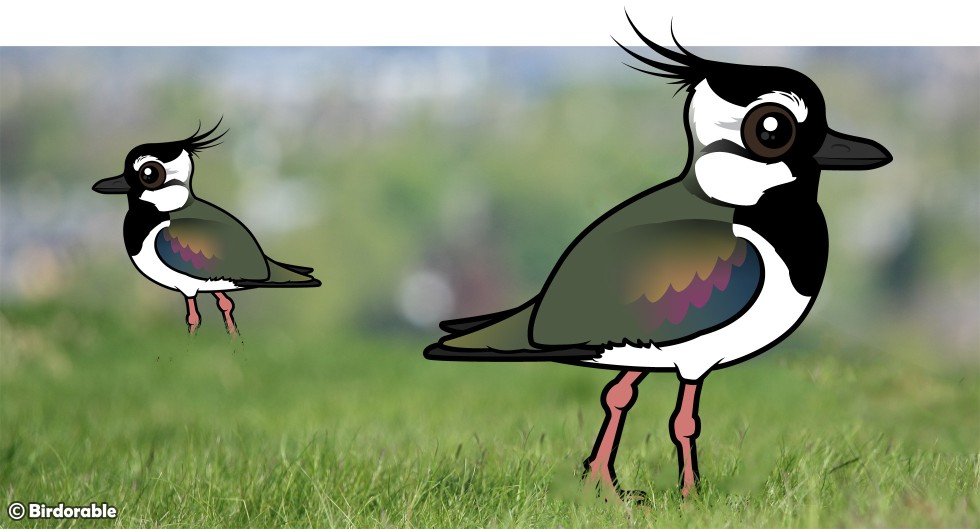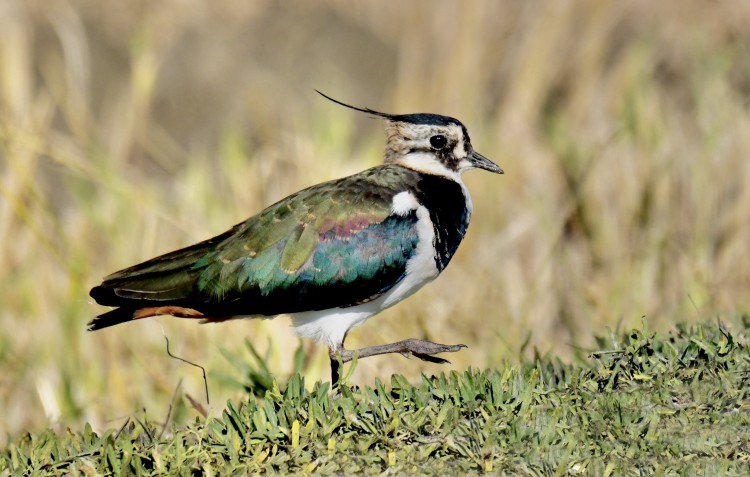The Iridescent World of the Northern Lapwing at Birdorable

The Northern Lapwing, with its iridescent plumage and distinctive crest, is a fascinating bird that captures the imagination of bird lovers across the globe. A member of the plover family, this bird is a familiar sight across temperate Europe and Asia and occasionally makes its way as a vagrant to North America. Known for its striking appearance and intriguing behaviors, the Northern Lapwing holds a special place in the world of ornithology and now, it earns a spot in the adorable and ever-expanding Birdorable family.
One of the most interesting aspects of the Northern Lapwing is its migratory pattern. This bird embarks on a seasonal journey over most of its extensive range, wintering in the warmer climates of north Africa, northern India, and China. This migratory behavior is a testament to the adaptability and resilience of the Northern Lapwing, navigating vast distances to find suitable habitats for feeding and breeding.
The origin of the name "lapwing" is equally captivating, deriving from the 'lapping' sound its wings make in flight, or perhaps from the bird's flapping flight style. This auditory characteristic is just one of the many unique traits that endear the Northern Lapwing to bird enthusiasts. In addition to its distinctive flight sounds, the Northern Lapwing is notably vocal during the breeding season. The air is filled with constant calling as the male performs a dramatic tumbling display flight, a spectacle that is both bewildering and mesmerizing to observe. This display, part of the bird's courtship ritual, showcases the vibrancy and complexity of avian mating behaviors.
The Northern Lapwing, with its iridescent plumage and distinctive crest, not only captures the admiration of birdwatchers and nature lovers but also plays a crucial role in our ecosystems. These birds, like many others, are indicators of the health of our natural world, and their behaviors and migratory patterns offer valuable insights into the effects of environmental changes.
By observing and appreciating the Northern Lapwing, we are reminded of the beauty and complexity of the natural world. It encourages us to learn more about our feathered friends, their habitats, and the importance of conservation efforts to ensure that future generations can also enjoy and learn from these remarkable creatures. The Northern Lapwing, with its unique characteristics and fascinating life cycle, is a perfect example of the wonders that await discovery in the great outdoors, inviting us to explore, understand, and protect the avian kingdom and its habitats.

Northern Lapwing by Luiz Lapa (CC BY 2.0 DEED)













Comments
Leave a comment
Thank you!